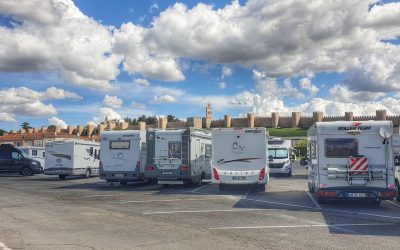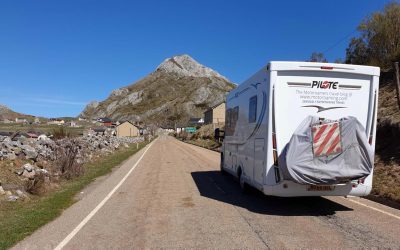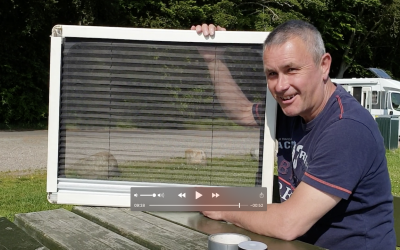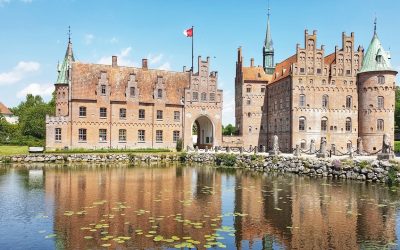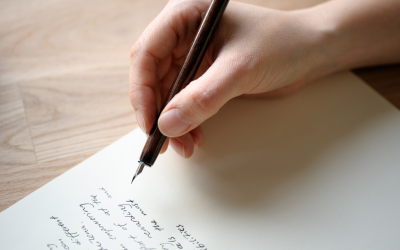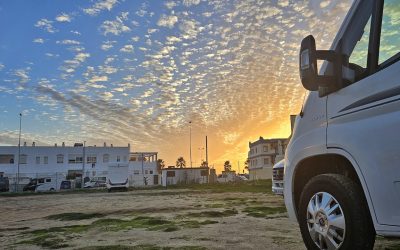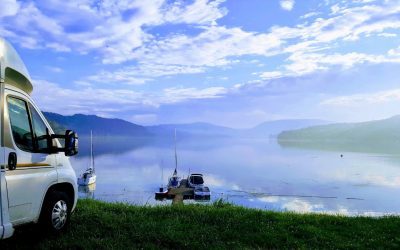As more Spanish towns close their doors and shut up shop to vanlifers, it creates one of many challenges of life on the road in a...

life on the road
life on the road
Celebrating Birthdays whilst travelling
Celebrating Birthdays whilst travelling Celebrating Birthdays whilst travelling or living on the road can be a tricky affair....
Life on the Road – Top tips from the experts
When every day is a school day, then let the teachers appear.After leaving UK soil in March 2016, we have travelled over 50,000 miles and...
Remis Blind chord replacement
How to replace your fly chord on your Remis Blind. Just one of those little DIY jobs that, if you're full time on the road or even just a...
Denmark Highlights & Interactive Map
Denmark is not a destination - it's a lifestyle. Pintrip.eu Let's be honest for a moment about Denmark... Why would you want to put it on...
A letter of Gratitude to Travel
Dear Travel When you were our holidays, we loved the precious time you gave us, where we had the space to retreat, rejuvenate and...
Housesitting whilst travelling
When you're stuck in the system of life, the idea of travelling seems somehow quite Utopian. Escaping life's rules and being free from all...
Considering Motorhome Life
"One day I'm gonna write, the story of my life, I tell of the night we met…" My God, I had the Marty Robbins classic stuck in my head...
Living Life on the Road
As those lovely Roman chaps used to say, 'Tempus fugit' - and you know what? They were right, time really does fly. I can't believe...
Follow us
You can find us on social media,
different channels for different content.

